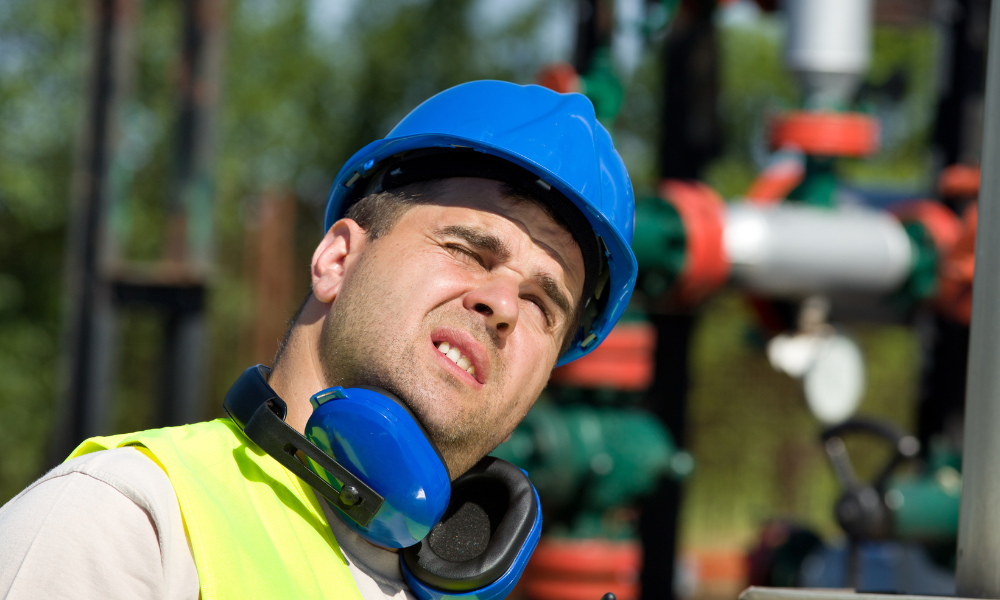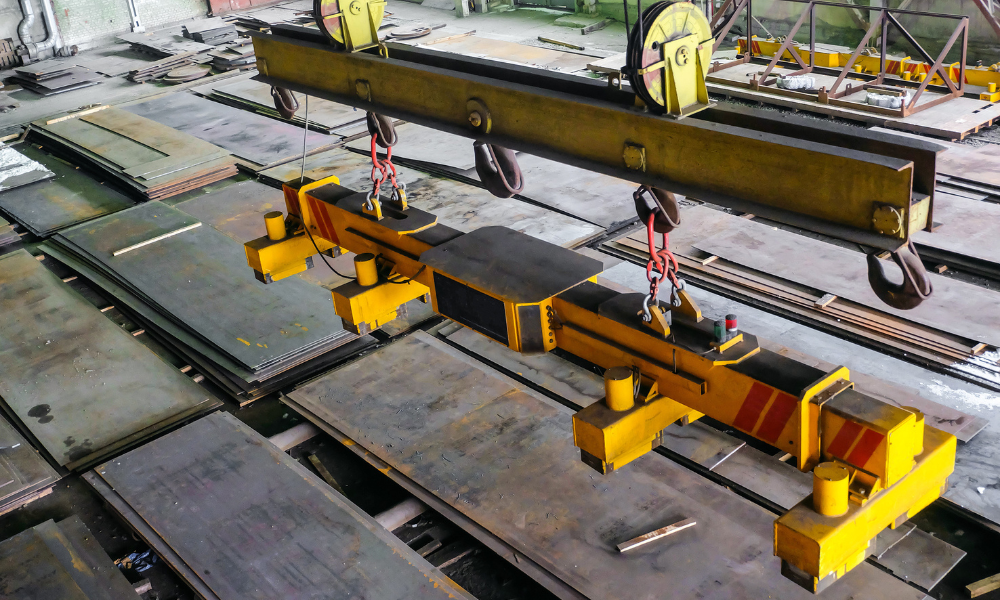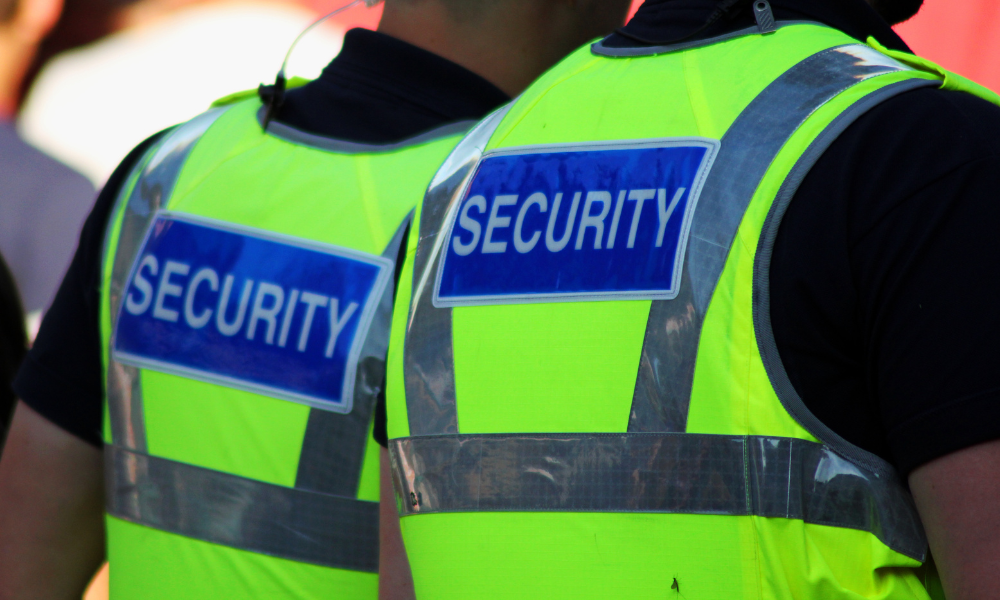'Ultraviolet light exposure is one of the most significant risks' says ophthalmologist

As Earth Day approaches on Tuesday, April 22, Canadian eye health professionals urge employers and workers to take environmental and occupational vision hazards more seriously.
A recent survey by the Canadian Ophthalmological Society (COS) finds that 38% of Canadians experience or express concern about vision problems linked to environmental factors such as wildfire smoke, UV exposure, extreme cold, and strong winds. The issue grows more urgent as wildfire season begins, and more workers spend extended time outdoors.
Dr. Briar Sexton, an ophthalmologist based in Vancouver and treasurer of the COS, says vision hazards in the workplace often go unnoticed compared to more immediate threats.
“I think there's obvious workplace hazards, such as people who are working somewhere where they could be injured by objects that come off of assembly lines or plants or mines—blast injuries, things like that,” Dr. Sexton says. “There's also chemical injuries… a lot of times, my patients don't wear safety glasses even when they're using highly acidic or alkaline substances that could splash into the eyes.”
She adds that while safety leaders typically prioritize life-threatening risks, vision loss—though sometimes gradual—can profoundly impact workers’ lives.
“There are workers in B.C. who've been blind from industrial accidents for years,” she says. “Dr. Greg Maloney just pioneers a surgery in Canada to try and help those types of workers who aren’t eligible for conventional corneal transplants due to the catastrophic nature of their injuries.”
The COS survey reveals a surprising decline in concern in wildfire-prone regions. In British Columbia, concern drops from 49% last year to 37% this year. In Alberta, it falls from 44% to 36%, even as wildfires continue to pose threats.
Dr. Sexton emphasizes that many workplace eye injuries and long-term vision impacts are preventable. She encourages employers to treat eye protection with the same importance as other forms of personal protective equipment (PPE).
“When you're thinking about your hard hat, and you're thinking about your steel-toed boots, and you're thinking about ear protection—think about eye protection,” she says. “If there's going to be ultraviolet light exposure, make sure they've got appropriate UV protection. If there's going to be any risk of blast or chemical splash, make sure they've got safety goggles on.”
She points out that quality protective eyewear is easy to access in Canada and doesn’t have to be expensive.
“Anything you buy from a bricks-and-mortar store has adequate ultraviolet light protection,” Dr. Sexton says. “What I do talk to my patients about is making sure that fit is good, that it does sit on the eyebrow, that it does wrap around the edge… You're really only protecting the center of vision if you wear the little John Lennon glasses.”
She also urges employers to rethink assumptions around sunglasses and professionalism in customer-facing roles.
“I worry that people think they're not making proper eye contact, that there's a customer service interface issue,” she says. “We need to get over that barrier and be happy to see our employees in workplaces wearing their sunglasses.”
Dr. Sexton also ties eye protection to long-term eye health, especially with Earth Day’s spotlight on environmental risks. She notes that over a million Canadians live with age-related macular degeneration, and UV exposure remains one of the most significant contributing factors.
“Ultraviolet light exposure is one of the most significant risks… It should be encouraged by the employer that it is okay [to wear protection],” she says.
As Earth Day highlights the growing intersection between environmental and human health, experts like Dr. Sexton call on industries to act now—protecting not only the environment, but also the eyes of those who work in it.




